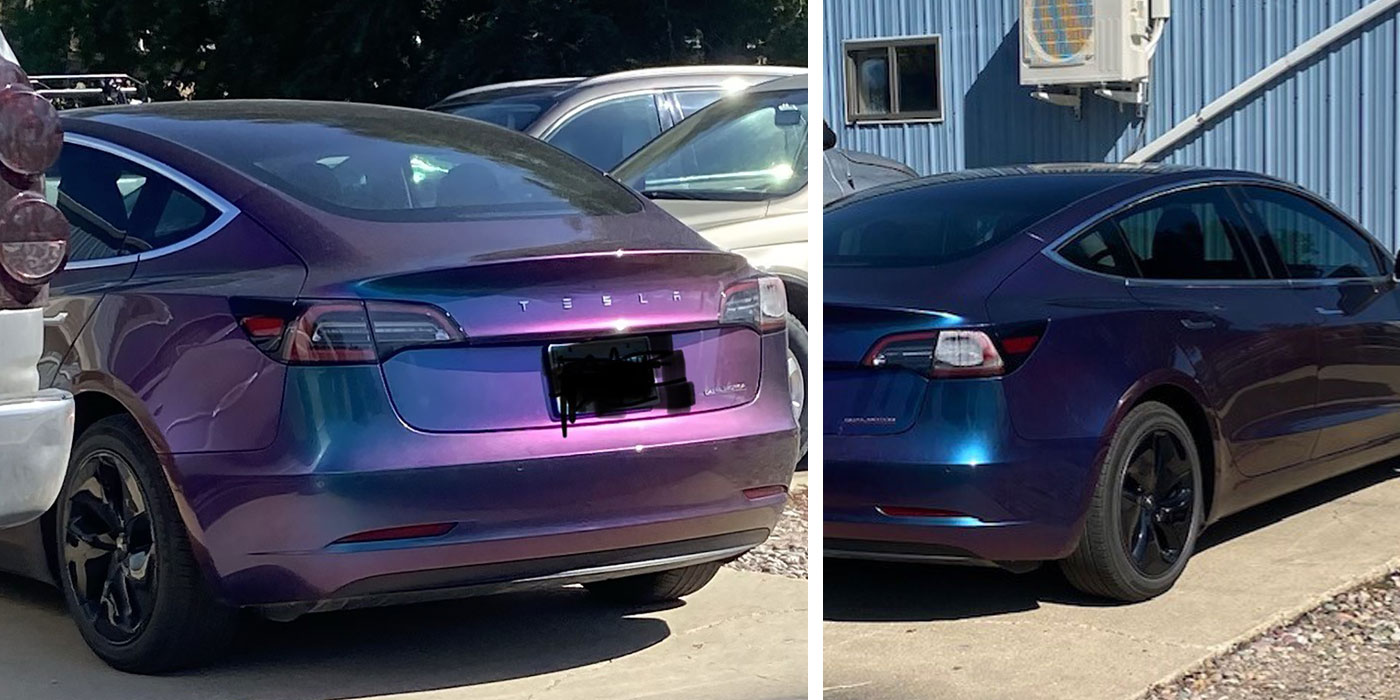When I began selling auto body supplies and equipment in 1970, I was fresh out of a beer-soaked college career and knew little about how the business worked. After just a few weeks of sales calls, I could tell who was good at it and who wasn’t. And then I made it a career-long quest to ask the folks doing it well how they did it.
Running Lead
One of my early questions was about how body solder or body lead worked. I was selling 95 percent conventional (made with hard clay) body filler to fill my customers’ dents back to contour. But I still sold some lead in 1-pound sticks (30/70 bar solder), along with tubs of bees’ wax and some wooden paddles, to a handful of restoration and foreign car shops. This was so long ago that all my long-established body shop customers had some techs who were 55 years old…as in born in 1915 and started out in the auto body repair business in the repair-it-all 1930s. Polyester body filler didn’t come along in quantity until after World War II, so all those guys could lead pretty quickly in their day. Like anything, practice makes perfect.
Unfortunately, I never got anywhere near perfect or barely competent or even functional no matter how many of those craftsmen showed me how to run lead. The technician had to heat the stick of lead and the acid-treated bright metal surface to the same temperature, then spread the molten lead into shape with a wooden paddle lubricated with bees’ wax until it started to cool and wouldn’t move anymore. After many tries, I could melt the solder into a dent on a flat panel and mush it around, but getting the molten lead to stay stuck on a vertical panel was way beyond me. The moment I got the work surface warm enough to add new lead, the existing lead re-melted and slid down the panel. No wonder catalyzed body filler caught on so fast! Plus, you wouldn’t die of lead poisoning as you metal filed the high spots down…as you smoked a cigar. Ah, the good old days.
Crying Over Spilt Paint
Another issue on my PBE Q & A was to figure out how the most productive (as in fastest with the least problems) painters differed from run-of-the-mill painters. The best painters I asked offered enough answers to fill much more than this column, but there is an art to refinishing cars, and I had help from some real artists. Many years later, it came back to haunt me a couple of times.
On a paint shop call on a busy Thursday afternoon, one of my former painting instructors was shorthanded and overloaded and asked if I would help him paint a couple. I did my best to talk him out of it. My record of ruining my customers’ paint work was well known to the old guys.
Against my better judgment, I agreed to paint a solid color box side with catalyzed acrylic enamel. Once it was masked and prepped, I mixed the red paint (two quarts of factory package from my store, by the way), strained 33 ounces into the 32-ounce cup, tied the shop towel bandana around my no-drip (hah!) suction feed spray gun, stepped out of the paint room and headed for the booth. Directly in my path was a brand-new white pickup truck ready for delivery, except for a slight passenger door adjustment. Turns out I didn’t hook the ears on the paint cup tightly to the lid, and the overloaded cup dropped off the spray gun like an anvil, hitting the floor on the front edge and throwing all 33 ounces of very expensive red into a fast-moving puddle – which slowly landed all over the side of the white pickup. That was an expensive afternoon for me!
Exploding Silverware
When it was hands-on productive collision repair I wanted to learn, I had several role models who beat the flat-rate times into the ground every week. No wasted effort was the wisdom I took away. Those guys took their tool box with them to the bathroom. Well, not really. But the fastest techs I knew took their tool box from one end of the car to the other to save steps. They usually had a box full of specialty tools, too. Fabricating a special tool to make a specific repair easier was part of their secret. Do the next one faster. After all, they could certainly bend metal into any shape they wanted.
When one of these tool-heavy techs changed jobs with their overflowing roller cabinets and tool boxes, they usually asked to borrow my delivery truck with the hydraulic lift gate we used to deliver air compressors and 55-gallon drums. I was happy to loan the truck – and occasionally ended up along for the ride.
You remember Rodney Dangerfield’s golf bag from “Caddyshack?” This particular body man with a new job had one top box stacked on two intermediate Waterloo Industries chests on top of a really tall roller cabinet. (This was long before every vo-tech student had a zillion-dollar roller cabinet the size of an aircraft carrier deck.) I’ll bet there were 30 drawers in the whole stacked up thing – many filled to the brim with both purchased and constructed specialty auto body tools.
He was not leaving his employment under happy circumstances. He and his old boss were both airing all their past grievances with each other at the top of their lungs. The painter’s helper liked the departing tech and continued to load the giant tool box tower onto the Tommy Lift on my truck while they argued. He pushed down the control arm that raised the gate and promptly looked over at the freshly raised voices. I watched helplessly from the back of the shop, where I had gone to get out of the way, as the gate rose slowly, the truck box dipped down slowly on the shocks and the tool tower crawled slowly upward while it tipped further and further forward. The noise sounded like a silverware factory exploding. Every drawer opened on the way to the ground and blew tools across the entire parking lot. Just like a junior high lunchroom, all the shop employees applauded. That was a good lesson about paying strict attention to the task at hand!
This Isn’t the End
This is the final column in my 25th year of writing for BodyShop Business. I was charged with explaining a little about the industry, offering a little historical perspective and telling some stories. It has been lots of fun.
Our industry stays the same in many ways; after all, we’re still repairing collision-damaged vehicles, but new technology to build the vehicles and profitably repair them bombards us daily.
Take the time to listen to another possible solution to your shop’s workflow. Vendors, paint companies, coworkers and even insurance companies can all help your shop do better if you’ll just ask. I’m still asking those who do the tasks in this industry well for their advice, and we’ll talk more about it during
my 26th year as Clark’s Corner continues. Thanks for listening!
Mark R. Clark is the owner of Professional PBE Systems in Waterloo, Iowa; he is a well-known industry speaker and consultant. He is celebrating his 25th year as a contributing editor to BodyShop Business.













